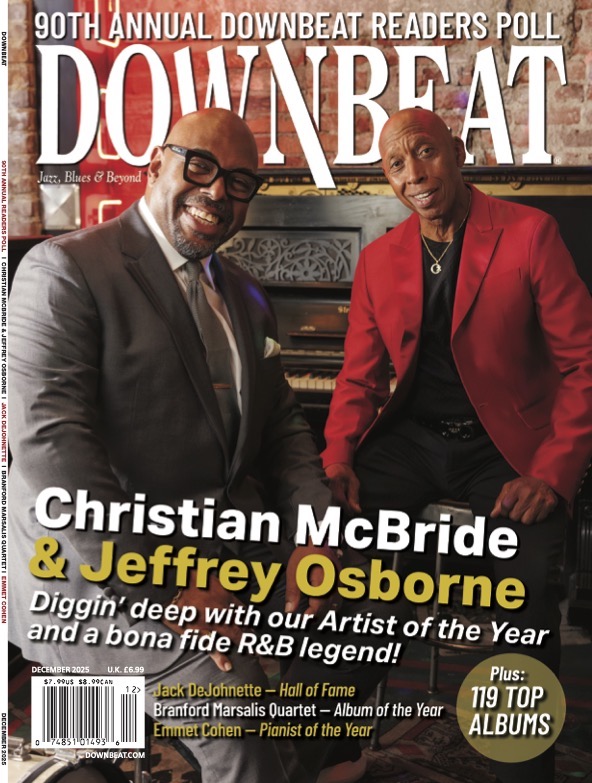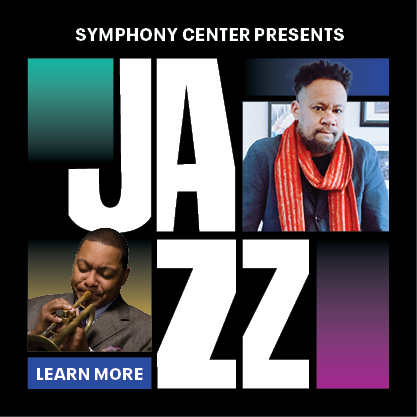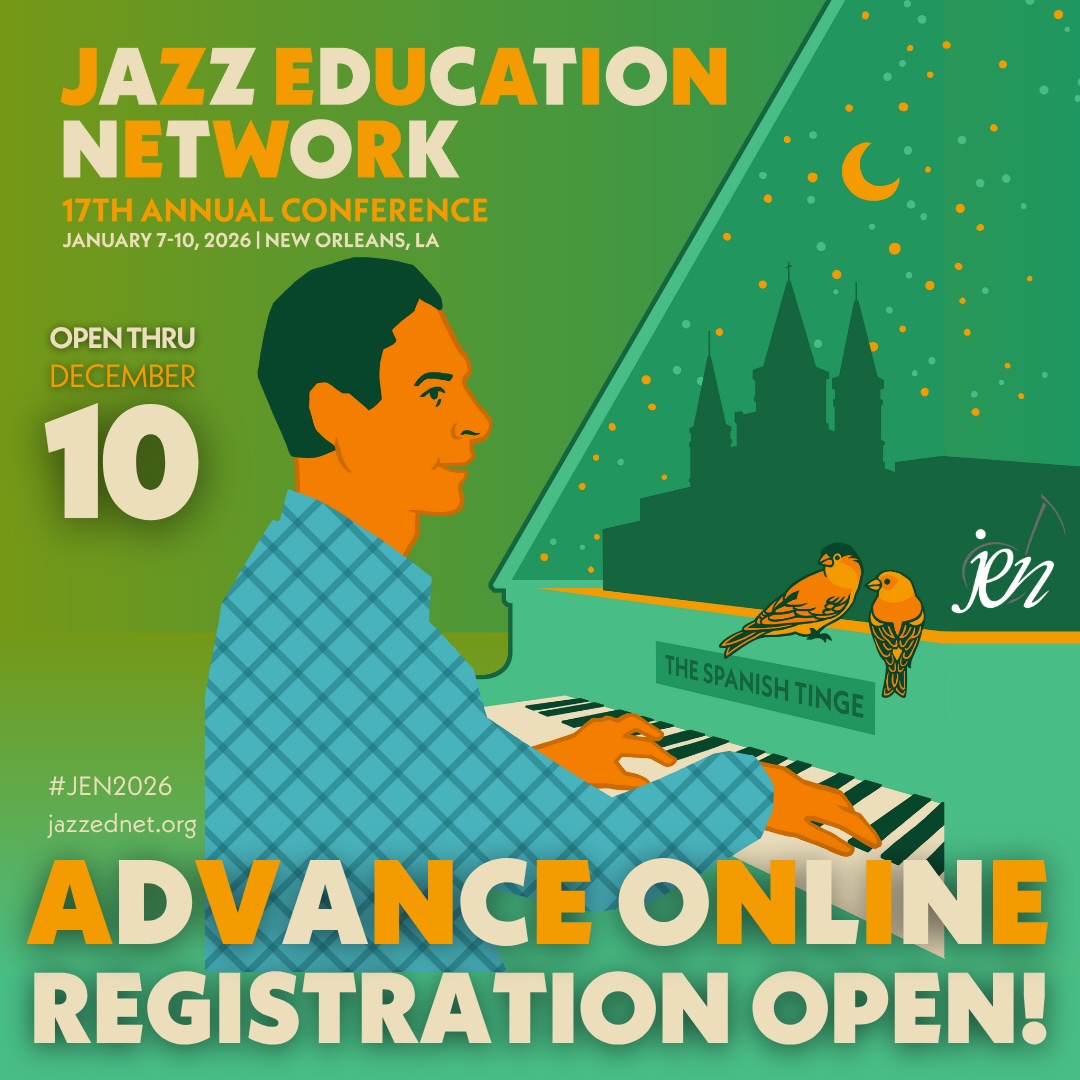Oct 28, 2025 10:47 AM
In Memoriam: Jack DeJohnette, 1942–2025
Jack DeJohnette, a bold and resourceful drummer and NEA Jazz Master who forged a unique vocabulary on the kit over his…
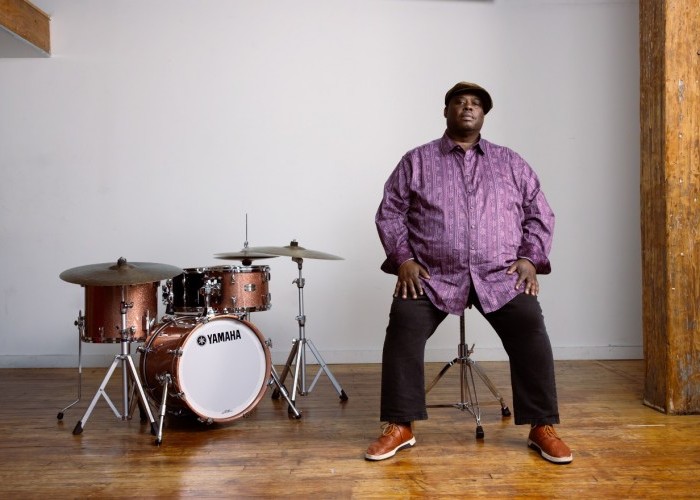
Blake betrayed little emotion even as his hands were a blur of paradiddles, cross-sticking and double-stroke rolls. But beneath the surface, emotion was lurking.
(Photo: Travis Bailey)Closing out his Oct. 7 set at Ronnie Scott’s, Johnathan Blake invoked his father, violinist John Blake, who, he recalled, had played the London club with McCoy Tyner. The comment elicited from the packed house a healthy round of applause — one that no doubt recognized the contributions of Tyner, the elder Blake and, by extension, their generation of Philadelphia musicians.
While most of those musicians have passed on, Johnathan was, in his set, carrying on their tradition — and doing so tirelessly. The gig was the second of 21 the Philadelphia native and his quintet would be playing throughout Europe over 23 days — a whirlwind, to be sure. And in that it mirrored the drumming of Blake, who, in classic Philly style, whipped up a polyrhythmic storm while barely breaking a sweat.
Like his hometown predecessors Philly Joe Jones (an idol) and Mickey Roker (a mentor), the 48-year-old Blake projects a cool intensity that plays out in a kind of sonic misdirection. Hinting at Jones’ deceptively relaxed drive and Roker’s illusory beat placement, Blake on the Ronnie’s bandstand betrayed little emotion even as his hands were a blur of paradiddles, cross-sticking and double-stroke rolls.
But beneath the surface, emotion was lurking — and it emerged most clearly in his writing. For all his technical prowess and innate musicality, Blake’s presentation had a larger purpose: “Speaking up and speaking out when we see injustice,” he said in brief but moving opening remarks that borrowed from his father’s call to action and, in Blake’s world, echoed the socially conscious jazz musicians, past and present, from the City of Brotherly Love.
Apart from his opening and closing comments, Blake let the music do the talking. He did so in a 75-minute adaptation for live performance of his My Life Matters, a suite commissioned in 2017 by the Jazz Gallery and documented on a Blue Note album released Sept. 19. The suite was composed during a period in which police misconduct was very much in the news and, in Blake’s telling, on his mind. The set, as much as the album, offered an account of his feelings during that perilous time — and this one.
True, the live performance did not include some elements heard on the record: the vocals (by Philly native and Blake contemporary Bilal), the spoken-word recitation (by Blake’s daughter, Muna Blake) and the turntables (by DJ Jahi Sundance). But Blake was able to compensate for their absence through strategic dissolves and solo interludes that functioned as both segues and improvisatory vehicles with enough heft to stand independently. Ultimately, the live performance became a journey on its own terms.
Dispensing with the record’s opening colloquy between Blake and Jahi Sundance, “Drum Circle For The Forsaken,” the set headed directly into “Last Breath.” A five-alarm fire in 5/4 time, the piece established its tone of heightened urgency via vibraphonist Jalen Baker’s stating of the theme, a luminous ringing of the bell into which one could easily read ominous portent. In a repeated two-bar phrase — each bar consisting of the same four notes, the accent alternating between the downbeat and afterbeat — Baker found in Blake’s rhythms the sense of disorientation that must have overcome chokehold victims as they helplessly struggled to survive.
In short order, the ensemble joined Baker and the treatment built to a crescendo before dissolving into an aptly inharmonious interlude courtesy of pianist Fabian Almazan. Titled “A Prelude To An Unnecessary Yet Tragically Banal Oratorio,” the interlude bled into “Requiem For Dreams Shattered,” a ballad on which saxophonist John Ellis’ chillingly enigmatic solo obliquely spoke to the tragedy implied by the title. Then, skipping a poem written by Jazz Gallery artistic director Rio Sakairi and read on the album by Blake’s daughter, “I Still Have A Dream,” the set jumped to a short solo by bassist Ben Street that ushered in what was arguably the improvisatory acme of the set: the suite’s title tune.
On the tune, Blake kick-started a series of propulsive moments that opened with an incendiary trading of eights by Baker and Ellis. A trio break, shocking in its suddenness, followed as Almazan, Street and Blake fashioned a potent brew at once evoking the percussive power of a Tyner, the pointillistic punch of a Chick Corea and the pure abstraction of a Cecil Taylor. That led to what may have been the most emblematic moment of the evening: Blake’s solo turn — a stunning display of sleight-of-hand, channeled from the playbook of his Philly antecedents, that he wove into a narrative of discontent all his own.
Tempering the narrative throughout the set was Blake’s penchant for a conventional arrangement of pitches. Superimposed on his idiosyncratically shifting accents, the pitches coalesced into disarmingly beguiling melodies that stayed with this listener long after the set. Even so, a sense of unease lingered about the entire exercise, and that may have been the point. No one, he seemed to be saying, should leave the building feeling too comfortable about the state of society.
Though Blake has not been particularly known for his activism, My Life Matters seems destined to thrust him into that spotlight. Already this year, he has recorded an advocacy video for Terri Lyne Carrington and Christie Dashiell’s We Insist 2025! project. In it, he says: “I insist that we draw attention to the brutality that has been directed at the Black, Brown, Asian and LGBTQ+ communities.”
All of which does not negate one simple conclusion: Blake, at heart, is a unifier. His opening comments at Ronnie’s included a plea to understand that “we’re all part of one race, the human race” and need to “continue looking out for one another” — a sentiment that found expression in the evening’s bittersweet closing number.
A gospel-flavored piece with a strong 2 feel, “We’ll Never Know (They Didn’t Even Get To Try)” felt comforting as a church pew. Yet, in the context of the subject matter’s harsh realities, it also felt discomfiting as a preacher’s admonitions. In the end, it served to clarify and amplify Blake’s call to act on the predicament of lives unjustly cut short. DB
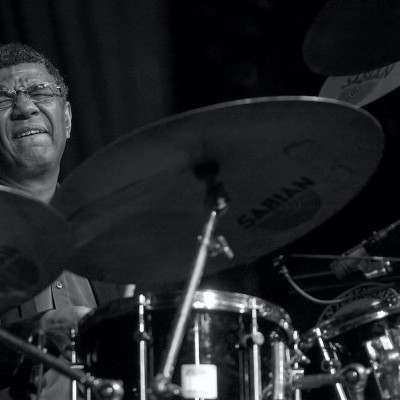
Jack DeJohnette boasted a musical resume that was as long as it was fearsome.
Oct 28, 2025 10:47 AM
Jack DeJohnette, a bold and resourceful drummer and NEA Jazz Master who forged a unique vocabulary on the kit over his…
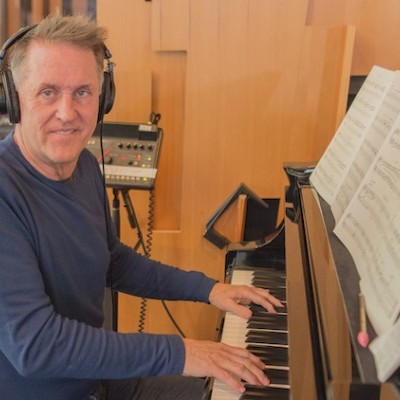
Goodwin was one of the most acclaimed, successful and influential jazz musicians of his generation.
Dec 9, 2025 12:28 PM
Gordon Goodwin, an award-winning saxophonist, pianist, bandleader, composer and arranger, died Dec. 8 in Los Angeles.…
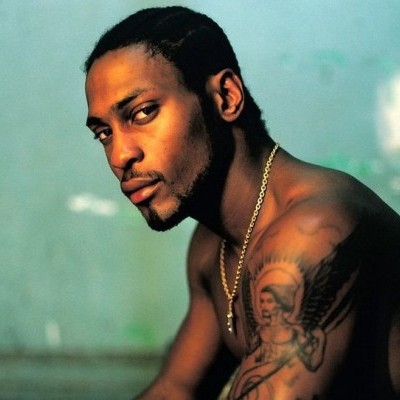
D’Angelo achieved commercial and critical success experimenting with a fusion of jazz, funk, soul, R&B and hip-hop.
Oct 14, 2025 1:47 PM
D’Angelo, a Grammy-winning R&B and neo-soul singer, guitarist and pianist who exerted a profound influence on 21st…
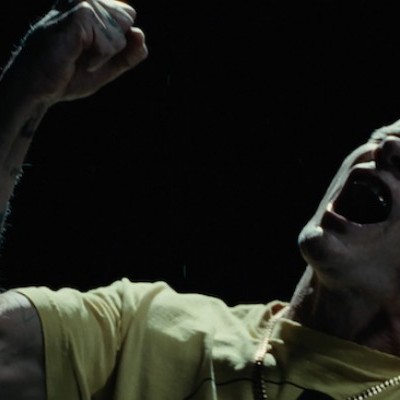
Flea has returned to his first instrument — the trumpet — and assembled a dream band of jazz musicians to record a new album.
Dec 2, 2025 2:01 AM
After a nearly five-decade career as one of his generation’s defining rock bassists, Flea has returned to his first…
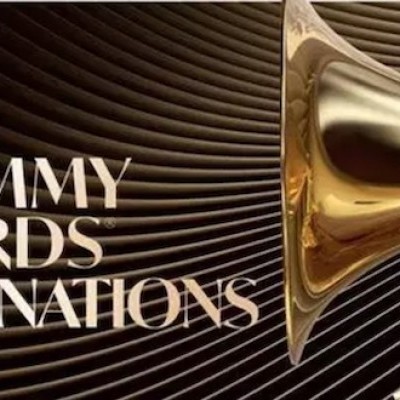
To see the complete list of nominations for the 2026 Grammy Awards, go to grammy.com.
Nov 11, 2025 12:35 PM
The nominations for the 2026 Grammy Awards are in, with plenty to smile about for the worlds of jazz, blues and beyond.…

